|
|
#11 |
  Join Date: Nov 2007
Location: Squires (near Ava MO in the Mark Twain N'tl Forest) - Missouri
Posts: 6,493
|
Yes, that is the fuel pump test connector you have in your hand.
With the SWITCH OFF, jumping** from the POSITIVE battery terminal to that connector will run BOTH pumps as long as thus connected. Fuel pressure, depending on the pump(s) will rise to the level of the stronger pump - whichever it happens to be. (Mine run at about 53-54, STATIC if memory serves) **Inserting a VOM (aka volt-ohm-meter by any other name) configured to read Amperes will verify both pumps are drawing proper current (4-5A each for a total of 8-10A) With the engine idling, Marc says 43# is sufficient (mine is 45-46# at idle) which falls in line with the FSM. IF the pressure is lower, e.g, around 40# or less, it indicates a likely issue with delivery; either the primary pump is going south OR the FILTER needs to be replaced (mine was choked up at 38k miles) or something is impeding flow. 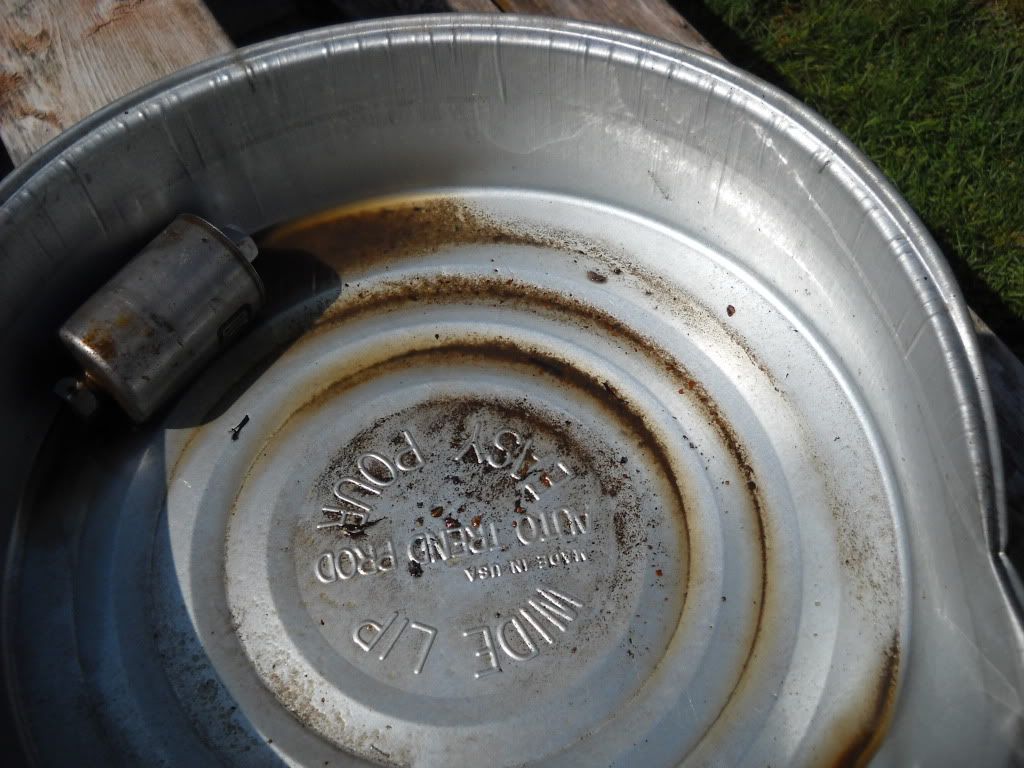 Testing for proper current draw... I've posted this before - maybe a couple times... Configure your VOM to read 10A by moving the red lead to the "A" position on your meter. Then BEFORE making any connections, switch the meter to the DC "A" or "10A" setting. 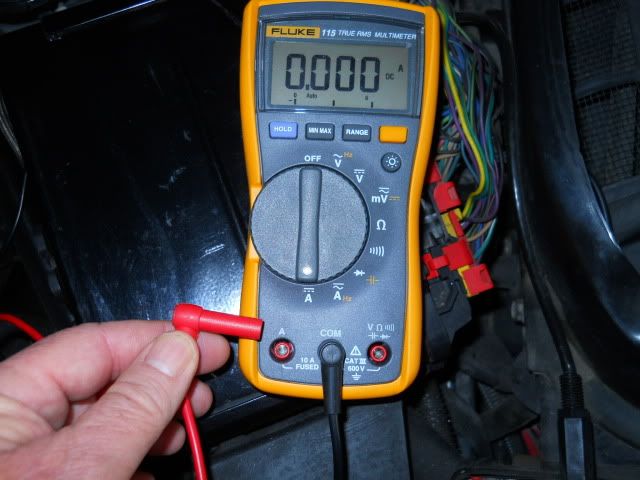 I use some alligator clip leads (Radio Shack, etc.) to connect the RED fuel pump test connector to the BLACK meter test lead, and another alligator clip lead from the POSITIVE terminal of the battery to the RED meter test lead. 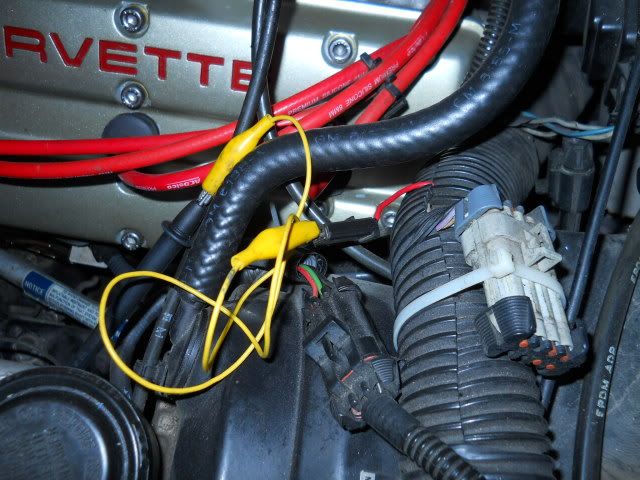 With each pump drawing the proper current (4-5A) the two should read 8-10A. If the test indicates only 4-5A, then one of the pumps is not drawing current for some reason. If it reads ZERO, (assuming the ignition switch is OFF) then neither pump is running. Check you fuses in either (half current/no current) case. (The reading below indicates normal current flow with both pumps working correctly). 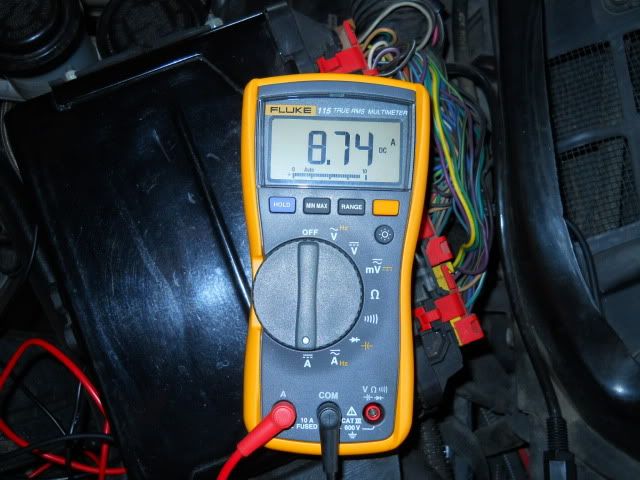 While testing current, that is a good time to observe STATIC fuel pressure. Somewhere between 53 and 55 is about right ± a pound or two... For a dynamic test, you need to get a fuel pressure gauge extension (got mine at Harbor Freight) and tape the gauge to the windshield and go for a drive. 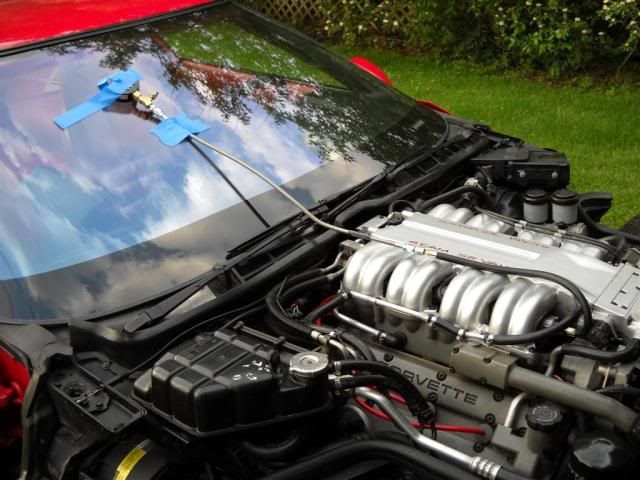 Fuel pressure should be close to what you saw at idle, when driving at a steady speed of 45-50 (in my test case). At WOT, all the way to 7000 rpm, fuel pressure should be in the mid-low 50s (mine is 52-53 at WOT). If pressure drops off below say 48#? (check with Marc), then there is a delivery issue; either a pumping issue or some kind of impedance in the fuel lines, or perhaps even a regulator. Let us know what you find. P.
__________________
Good carz, good food, good friendz = the best of timez! 90 #1202 "FBI" top end ported & relieved Cam timing by "Pete the Greek" Sans secondaries Chip & dyno tuning by Haibeck Automotive SW headers, X-pipe, MF muffs Former Secretary, ZR-1 Net Registry Last edited by Paul Workman; 10-19-2013 at 07:51 AM. |
|
|

|
|
|